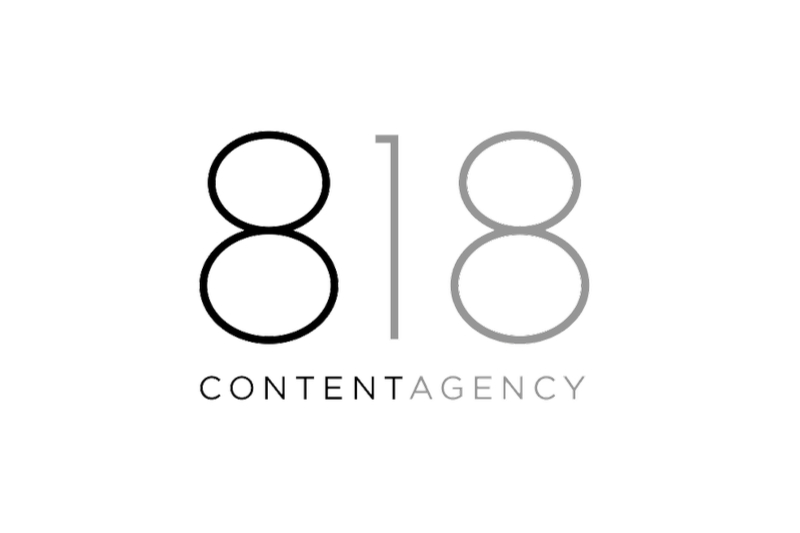Launching a content marketing strategy for your live event or trade show? Be sure to include each of these key steps.
Content marketing has changed the way trade shows engage audiences, allowing industry events to have much more than a one-time impact on audiences. Through B2B digital magazines, newsletters, trend reports, and real-time content, trade shows and conferences can become helpful, ongoing resources that attract attention all year long while sparking interest among new registrants.
Before getting started, read: 5 Questions Every Trade Show Marketer Should Answer before Launching a Content Strategy
Once you’ve analyzed your audience and understand both where they live online and what types of content will drive action, you’re ready to start your campaign. Your content strategy will include these five essential components:
1. Content Calendar
Designed to organize your internal efforts, including your blog or digital magazine, newsletter, trend reports and multi-media content such as podcasts or videos. The cornerstone of your campaign will be your blog where you’ll publish your audience-focused content before you distribute to social media channels (paid and unpaid). Tied to your website, your blog, if properly optimized becomes a conversion machine, while driving traffic and ongoing interest. It’s also the place to bring all of your speakers’ and sponsors’ knowledge online.
Fancy metric: in your Google Analytics dashboard keep an eye on the % of “returning visitors” to your blog site. The higher this is, the more loyalty you’re generating with your existing customers via high-quality (read: non-salesy) content. This also means new customers are right on the edge of becoming a new client or attendee for you. Set a goal of 20% returning visitors and take it from there.
2. Strategic Landing Pages
Strategic landing pages are action-specific pages not connected to your website that are designed to prompt immediate registration – and can be one of the single most powerful tools you have for driving new attendance. This tactic is particularly effective as part of paid Facebook or Linkedin (and now Instagram!) campaigns, highly trackable, and allows you to see the ROI of your efforts and adjust your budget accordingly. Platform recco: try Unbounce. It’s easy and they have amazing support (and excellent educational content of their own).
3. Multimedia Content
An increasingly mobile world makes videos and podcasts as easy to consume as text articles, which is why the right multimedia content has become a vital component of trade show content strategy. Between vendor and speaker interviews, live show coverage, industry trend videos and ‘behind the scenes’ features, multimedia content allows event marketers to immerse viewers in the excitement.
Walk before you run: start slow and focus on #1 (audience, calendar, blog content, content distribution). Once you nail that then you can start to get fancy with #3. This is a long-term game.
One more thing: videos should be 1 minute or less and get to the point quickly. Using short videos properly in your landing pages (see #2) can also increase your conversion rate.
Insider Tip: Remember to optimize editorial and video content so your audience can find it – and it converts for you.
4. Industry Trend Reports + Product Guides
Industry reports demonstrate your expertise in a particular field, making them an important part of your content strategy. Use a combination of industry trends, information gathered from past events, and speaker/vendor insights to create an actionable piece of content for your attendees. For product-driven trade events, this means genuinely being on the pulse of your industry by connecting trends with curated lists of vendors for your attendees to contact (whether or not they exhibit with you).
Make it actionable: Ask yourself, “is this too top level?” If so, work to bring it into a more usable context. This is a great lead-generation tool but more importantly, firmly establishes your company as a trusted industry authority.
5. Real-Time Event Content
Real-time content is a powerful tactic for amplifying the value of your event. Blog and video content created and distributed in real-time during the event via paid social channels and email can significantly increase the ROI your attendees have at your event, i.e. what they get out of it (especially a large one). By stepping up the ROI experienced by your event participants you’re increasing the amount of business conducted on-site, and, therefore, your own value proposition. Real-time content is also a great way to communicate breaking news, show initiatives, and promotions.
“Hotel room” social media: being at a destination conference or trade show is one of the few times your busy audience will actually have time to consume social media on their phones without the distractions of home. It’s also the ideal time for them to catch up with your content.
With these five essential components, looks you’re ready to launch your B2B trade show and conference content strategy.




